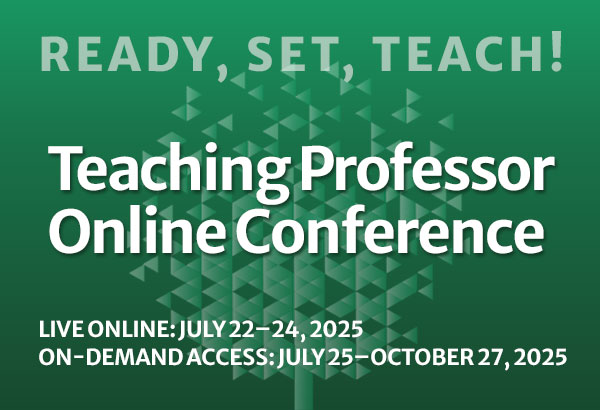Optimism is generally a good thing, but it can sometimes interfere with learning. Some students are overly optimistic about their learning progress and anticipated course grades, with weaker students being more likely to overestimate how well they are doing in the course. This can hinder their academic success. There’s no reason to adjust their behavior (say, by studying more) if they believe they are already doing well.
One way to mitigate this tendency is to provide students with grade feedback beyond their scores on quizzes and marks on assignments. For example, some professors administer a practice exam that students take before the exam that counts. Others have students keep journals or learning logs in which they critically reflect on their learning as the semester unfolds.
I have been experimenting with another form of supplementary feedback. I give my second-year undergraduate students the opportunity to forecast their final course grades while the course is still under way. The goal of this predictive or prognostic feedback is to help the students develop a more realistic assessment of their progress in the course and consequently make better decisions about how much time and effort they need to devote to the course.
To do this, each semester I use linear regression to calculate the relationship between the grades received on quizzes and assignments and the overall final course grades. I use data collected from students who’ve taken the course previously. I then embed the resulting regression equation in an Excel spreadsheet and post it on the course website. After demonstrating the spreadsheet in class, I let the students try it for themselves outside class on a voluntary and anonymous basis. At the end of the semester I follow up with a short survey.
Of 465 students enrolled in the course during 2010–2012, 282 completed the survey. Of those, 144 (51 percent) said they had tried the forecasting spreadsheet. The rate of trial varied with academic performance. “A” students were 7.6 times more likely than “D” students to report trying the spreadsheet. Of those who did participate, 29 percent of them said the forecast grades were lower than they had expected, while only 6 percent said they were higher. This imbalance indicates the degree to which students are overly optimistic about their course grade.
As for the impact of these grade forecasts, 31 percent of the respondents said the forecasting experience made them feel more positive or confident about their course progress, while 35 percent said they felt more negative or worried. Fifty-six percent said their motivation had increased, while 7 percent said it had decreased. Forty-seven percent said they were subsequently studying more than they had previously planned, while 3 percent said they were studying less. And 74 percent recommended that grade forecasting continue to be offered in the course, while 6 percent recommended against it.
Students reported that they studied more if their grade forecast increased their anxiety, increased their motivation, left a positive impression, or forecasted a low grade. Puzzlingly, the amount of difference between the forecast grades and students’ prior expectations for those grades showed no direct influence on motivation or studying.
These results suggest that grade forecasting can be a useful addition to a course but that its effects on student motivation and effort are largely indirect. I am currently working with one of my colleagues on a follow-up study to better understand this relationship.
Reference:
Armstrong MJ, 2013. “A preliminary study of grade forecasting for students”, Decision Sciences Journal of Innovative Education 11, #2, 193-210. http://onlinelibrary.wiley.com/doi/10.1111/dsji.12003/abstract
Reprinted from A Grade Forecasting Strategy, The Teaching Professor, 27.5 (2013): 2. © Magna Publications. All rights reserved.
Michael J. Armstrong is an associate professor at Brock University in Canada.




